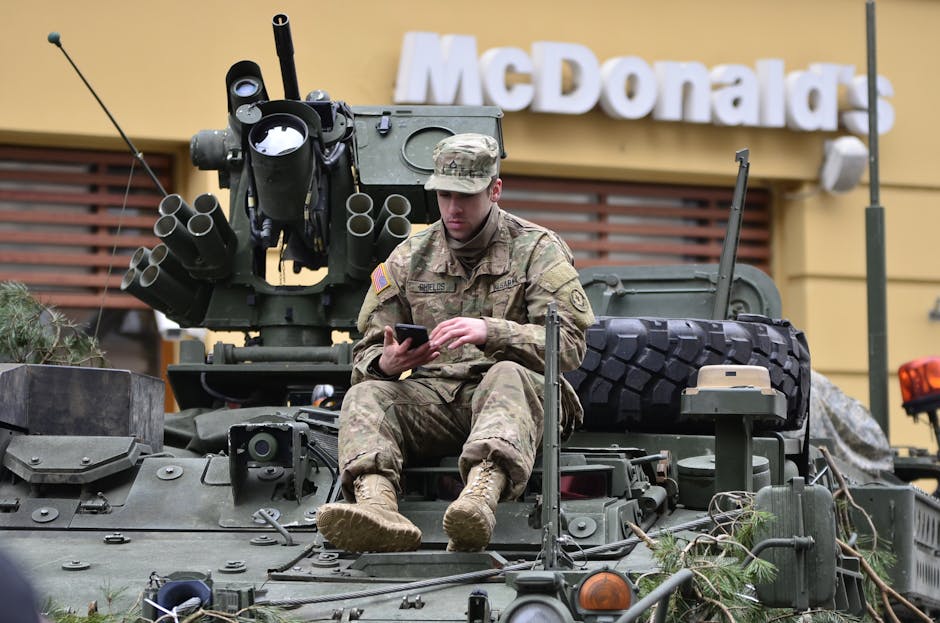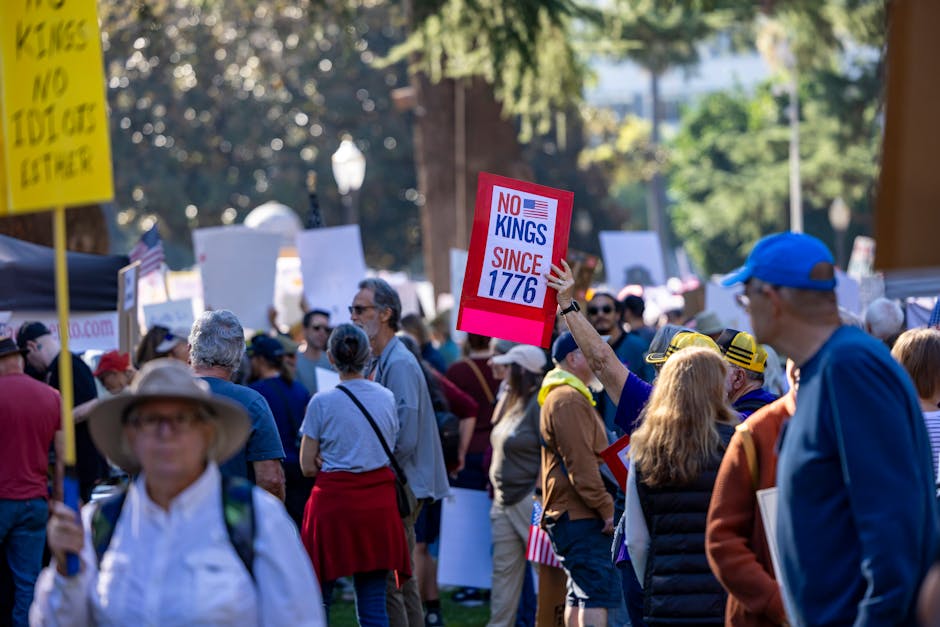U.S. Announces Troop Withdrawal from Romania
In a strategic shift, the United States will reduce its military presence in Romania, a critical NATO ally on the eastern flank. The move reflects evolving global priorities and NATO’s reassessment of its defense posture amid ongoing Russian aggression.
Why Romania Is Strategically Vital
Since joining NATO in 2004, Romania has been a frontline state against Russian expansion, hosting U.S. forces at key sites like the Mihail Kogălniceanu Air Base. The U.S. troop presence has strengthened deterrence, especially after Russia’s invasion of Ukraine.
Key Reasons for the Withdrawal
- Strategic Reallocation – The Pentagon is shifting focus to Asia, where tensions with China are rising.
- Romania’s Enhanced Defenses – Increased local military capabilities and NATO’s multinational battlegroups lessen reliance on U.S. troops.
- Continued Support for Ukraine – Officials stress that aid to Ukraine remains unchanged, with possible redirection of forces elsewhere in Europe.
Regional Reactions & NATO’s Response
- Romania: Officials downplay concerns, but analysts warn of perceived vulnerability.
- NATO: Reaffirms commitment to collective defense, noting U.S. remains the largest troop contributor.
- Russia: May spin the withdrawal as NATO fatigue, though no official response yet.
What’s Next for NATO’s Eastern Flank?
The drawdown will be gradual, with potential increases in air/naval patrols and pre-positioned equipment. NATO may compensate with cyber defenses and joint exercises, ensuring Romania’s security isn’t compromised.
Conclusion: A Rebalance, Not a Retreat
The reduction signals adaptive strategy—not abandonment. Romania’s role in NATO remains pivotal as the alliance balances deterrence against Russia with emerging global threats.




